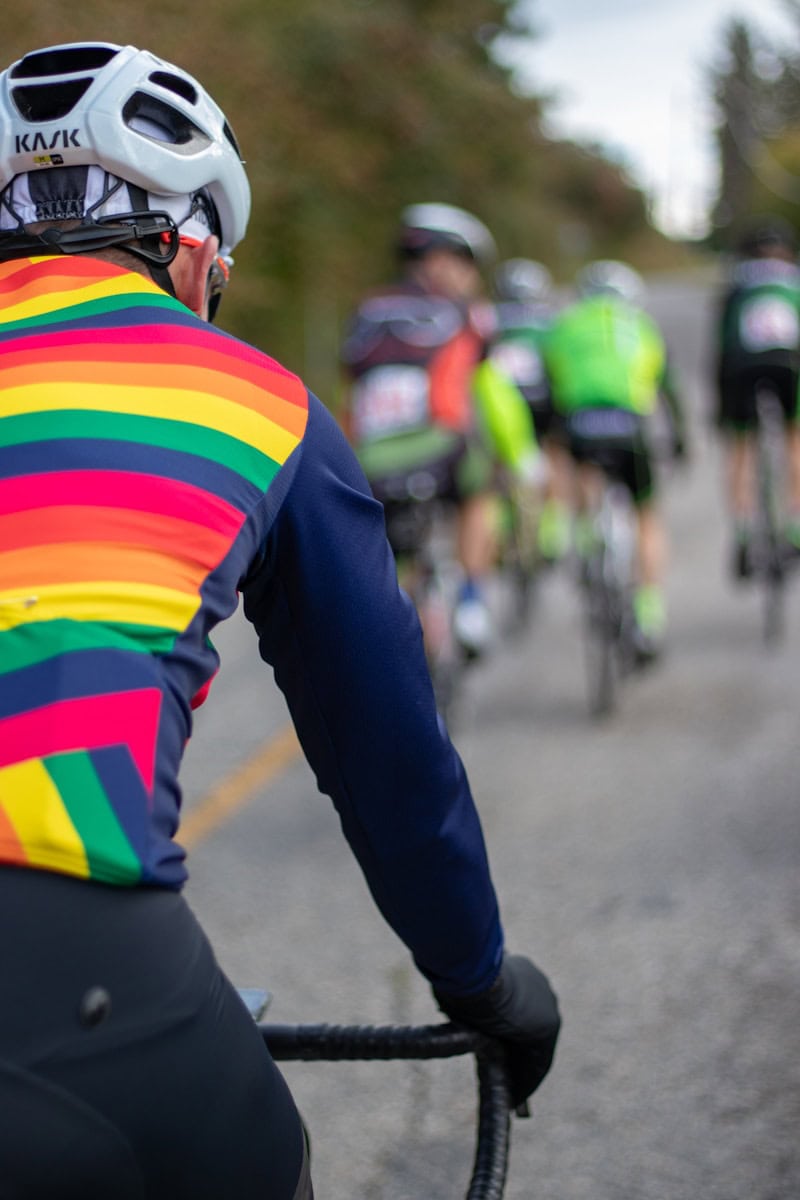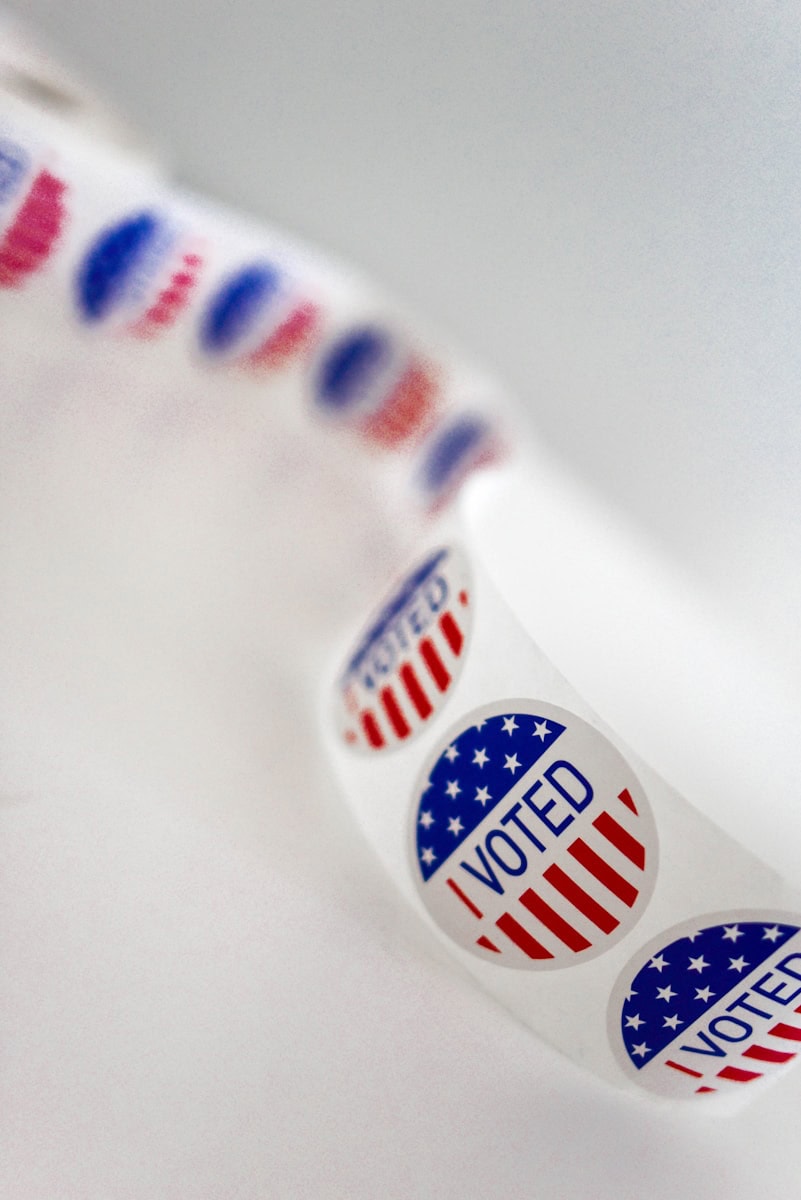Looking to boost your craft firm’s authenticity claims? Show, don’t tell
Authenticity is one of the best qualities a brand can have: For example, a 2023 poll showed that 75% of U.S. shoppers would spend more money with retailers they perceived to be authentic, and 62% said they would only shop exclusively with authentic retail brands.
But how do you project authenticity? Turns out, you don’t want to shout it from the mountaintops yourself. Rather, a new study published in Strategic Entrepreneurship Journal shows that managers should let three strategic assets in particular do the talking to credibly and visibly communicate their firm’s identity: organizational resources, capabilities, and position.
The authors, Stanislav D. Dobrev of the University of Wisconsin-Milwaukee and J. Cameron Verhaal of Tulane University, used the craft beer industry — including microbreweries and brewpubs — to study the question of how to project authenticity. This market, they note, is primarily motivated by a desire to make beer “for beer’s sake,” rather than monetary gain.
Their data collection quest led them to the website beeradvocate.com, one of the largest and most respected online sources of reviews and information for craft beer worldwide. The researchers coded the individual reviews using definitions of authenticity and created a score for each review of each beer. They aggregated reviews of beers by the same brewery to produce an authenticity score for each producer for each year from 1996 to 2012, which allowed them to look at authenticity perceptions for the brewers over time and to statistically test what predicts the perceived levels of authenticity among consumers. They also coded many other features of the beers (e.g., style, awards won, naming strategy, perceived quality, ingredients) and of the producers (e.g., whether independently owned, range of beer styles, popularity). Finally, they coded the average appeal of each producer based on the combined rankings of its beers across all website reviews.
The authors found three main factors that play a role in credible claims of authenticity:
- Organizational resources. This refers to a company’s independence as an ownership structure: Many successful craft producers enter production alliances with mass producers to increase volume, but this also tends to suggest to its audience that it’s shifted to placing profits first.
- Capabilities. For craft beermakers, this means learning how to make different styles of beers. A focus on a single capability suggests a profit-driven operation because it’s more profitable to just make one beer style.
- Position. For this, third parties make the authenticity claim for the company. Winning an award by an independent third party, for example, can be thought of as an authenticity endorsement because that organization is charged with upholding and promoting the status of independent craft beer.
“Our theory emphasizes three pillars that help organizations to appear authentic even as they grow and become successful — a development that may erode perceptions of authenticity,” Dobrev says. To begin with, firms must tell their target audience that they embody what the audience considers authentic. Second, these authentic factors should be visible (without overtly saying, “we’re authentic”). Lastly, the expressions of authenticity must be credible, which typically includes costly, often irreversible commitments, such as an investment in technology.
Also on the horizon for companies seeking to cultivate brand authenticity? Navigating the use of Generative AI. A recent Getty Images report indicates that, while consumer attitudes toward AI-generated imagery vary by generation and region, transparency is non-negotiable: Nearly 9 in 10 consumers globally want to know whether an image has been created using AI. Moreover, when and how AI-generated imagery is deployed is key. For companies where authenticity is a focal point of brand identity —such as the craft-beer industry— using high‑quality images and videos of real people is essential.
And, as shown by Dobrev and Verhaal, companies can leverage third parties to strengthen their authenticity claim: consumers tend to place greater trust in the authenticity of an image if it’s made by professionals such as artists and photographers.


